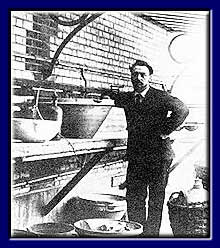
It was previously used on a large scale in sugar manufacturing and in CRT television screens, but in both cases the technology is now obsolete. The very few uses of strontium include glow-in-the-dark materials, fireworks and toothpaste for sensitive teeth. Strontium was first isolated in 1808 by Sir Humphry Davy, who changed the suffix to -ium to be consistent with the names of other alkaline earths. In 1793, Thomas Charles Hope proposed the new element in strontianite be named strontites. The same conclusion was arrived at by Friedrich Gabriel Sulzer and Johann Friedrich Blumenbach, who named the mineral strontianite. Crawford proposed that it contained a new element that was yet to be discovered. In 1790, Adair Crawford and William Cruickshank noticed that ore used to produce barium from the Scottish village of Strontian exhibited different properties compared to ores derived from other places. Display:Ĭalcium metal crystal, human teeth containing calcium hydroxyapatite Ca 5(PO 4) 3(OH), a mink skull – bone contains calcium hydroxyapatite, seashells and snail shells made of calcium carbonate CaCO 3, chalk (CaCO 3), marble CaCO 3/CaMg(CO 3) 2 and selenite needles CaSO 4 ♲H 2O It is also used in nuclear applications as a neutron source or reflector. She also defined the international pattern of radium. She also defined an international standard for radioactive emissions (curie), published her fundamental results on radioactivity and textbook of radiology. In 1910 Maria isolated radium as a pure metal. It is transparent to X-rays and is used in X-ray tubes and detectors. On 19 April 1906, Pierre was killed in a road accident in Paris. Uses:īeryllium is used in alloys, such as lightweight alloys in the aerospace industry or copper alloys to increase strength and reduce sparking.

Beryl in turn derives its name from the Indo-European word for pale, which describes its appearance. But, it was ultimately Friedrich Wöhler, one of the first to isolate the element in 1828, who gave beryllium its current name. Another scientist who had investigated beryl and emeralds, Martin Heinrich Klaproth, proposed the name beryllina after the mineral from which it derived. He named this glucinium after the Greek glyko- meaning sweet, as some beryllium compounds tasted sweet, and the symbols G and Gl were used.

In the 1700s, both were mistaken as aluminium silicate compounds, however in 1798, Louis-Nicolas Vauquelin discovered that they both contained a new element. What elements are in Group 2 – Alkaline Earth Metals?Ĭlick on the following elements to learn more about them:Įmeralds and the mineral beryl were known since ancient times and were noted for their similarities.


 0 kommentar(er)
0 kommentar(er)
